A frightening monster?
Two friendly bears?
Say what!?
As anybody with half a brain and the gift of sight knows, the black and red inkblot below resembles nothing so much as a pair of gnomes, gavotting so hard their knees bleed.
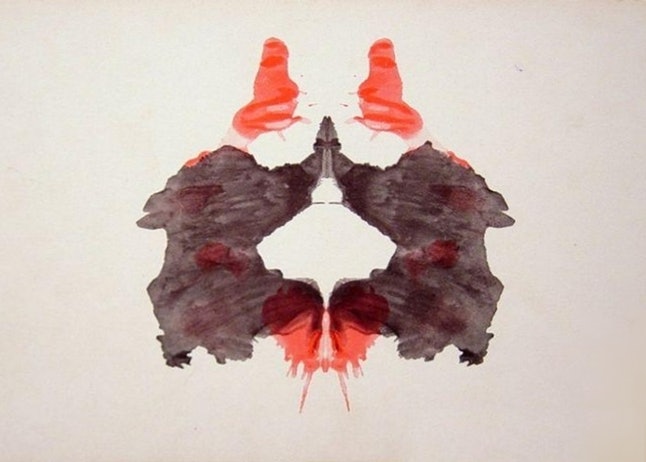
…or perhaps it’s open to interpretation.
Back in 2013, when Open Culture celebrated psychologist Hermann Rorschach’s birthday by posting the ten blots that form the basis of his famous personality test, readers reported seeing all sorts of things in Card 2:
A uterus
Lungs
Kissing puppies
A painted face
Little calfs
Tinkerbell checking her butt out in the mirror
Two ouija board enthusiasts, summoning demons
Angels
And yes, high-fiving bears
As Rorshach biographer Damion Searls explains in an animated Ted-ED lesson on how the Rorschach Test can help us understand the patterns of our perceptions, our answers depend on how we as individuals register and transform sensory input.
Rorshach chose the blots that garnered the most nuanced responses, and developed a classification system to help analyze the resulting data, but for much of the test’s history, this code was a highly guarded professional secret.
And when Rorshach died, a year after publishing the images, others began administering the test in service of their own speculative goals—anthropologists, potential employers, researchers trying to figure out what made Nazis tick, comedians…
The range of interpretative approaches earned the test a reputation as pseudo-science, but a 2013 review of Rorshach’s voluminous research went a long way toward restoring its credibility.
Whether or not you believe there’s something to it, it’s still fun to consider the things we bring to the table when examining these cards.
Do we see the image as fixed or something more akin to a freeze frame?
What part of the image do we focus on?
Our records show that Open Culture readers overwhelmingly focus on the hands, at least as far as Card 2 goes, which is to say the portion of the blot that appears to be high-fiving itself.
Never mind that the high five, as a gesture, is rumored to have come into existence sometime in the late 1970s. (Rorschach died in 1922.) That’s what the majority of Open Culture readers saw six years ago, though there was some variety of perception as to who was slapping that skin:
young elephants
despondent humans
monks
lawn gnomes
Disney dwarves
redheaded women in Japanese attire
chimpanzees with traffic cones on their heads
(In full disclosure, it’s mostly bears.)
Maybe it’s time for a do over?
Readers, what do you see now?
Image 1: Bat, butterfly, moth
Image 2: Two humans
Image 3: Two humans
Image 4: Animal hide, skin, rug
Image 5: Bat, butterfly, moth
Image 6: Animal hide, skin, rug
Image 7: Human heads or faces
Image 8: Animal; not cat or dog
Image 9: Human
Image 10: Crab, lobster, spider,
View Searls’ full TED-Ed lesson here.
Related Content:
Hermann Rorschach’s Original Rorschach Test: What Do You See? (1921)
Introduction to Psychology: A Free Course from Yale University
Ayun Halliday is an author, illustrator, theater maker and Chief Primatologist of the East Village Inky zine. Join her in New York City for the next installment of her book-based variety show, Necromancers of the Public Domain, this April. Follow her @AyunHalliday.

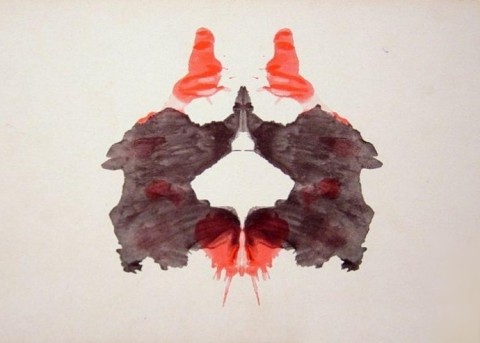
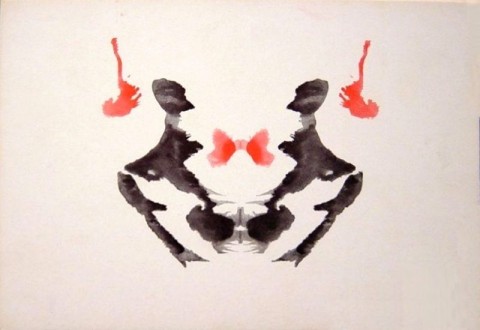


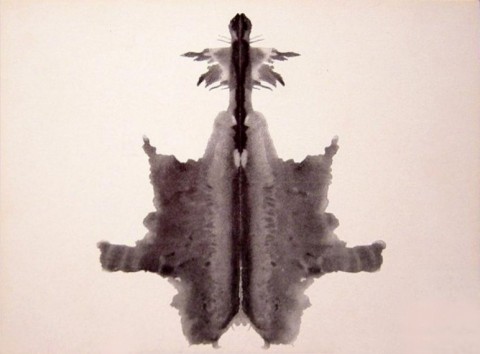
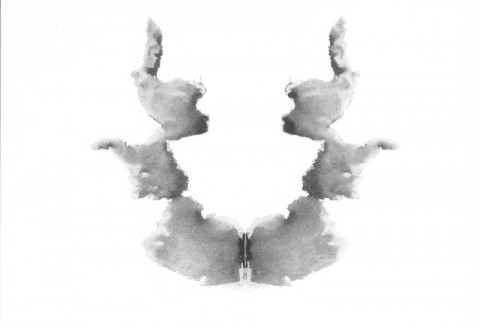
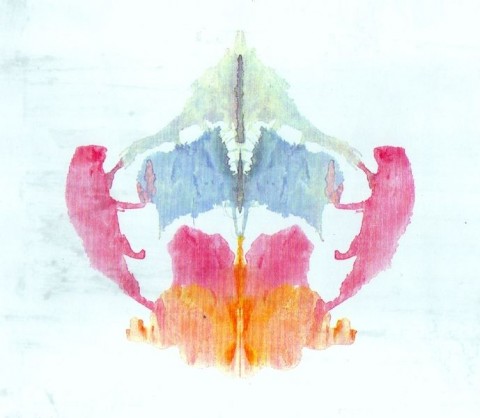
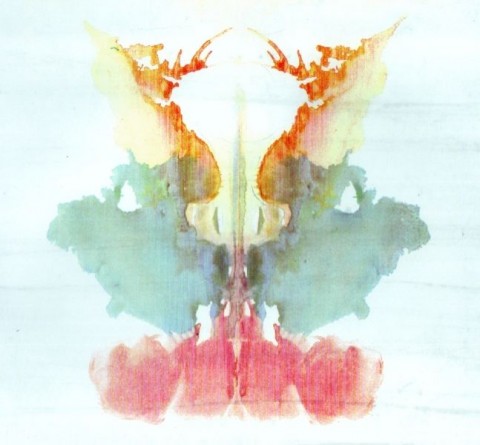
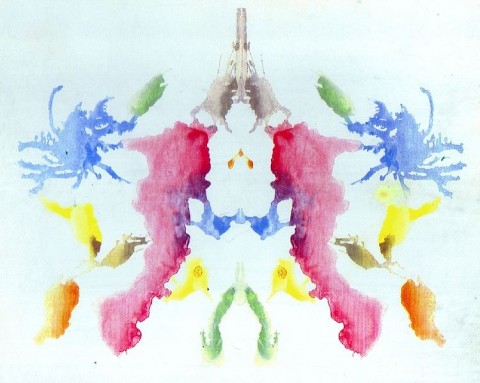


Pringing these cards is considered to be UNETHICAL since it compromises the inegrity of the test.
For your test I would like an evaluation of my answers with what I can see your pictures.
1) Two animals look like elephants holding some type of object like a large Bell or jar.
2) two animals holding top of a lamp which is in-between the two animals, and two mermaids above them.
3) two men holding a tin holding bags maybe trashbags, both aroused by each other because their penis’ are erect, with a love heart butterfy in-between them.
4) two rocky cliffs combined.
5) a moth or butterfly resting because the wings are facing down instead of spread out.
6) it’s a diagram of a disgusting vagina with some type of swob sliding inside.
7) a lamp upside down.
8) it’s an animal looking at it’s reflection in a lake.
9) it’s a lamp upside down with different colour smoke coming from it.
10) a bunch of jelly sweets upside down, shaped like animals in different flavours.